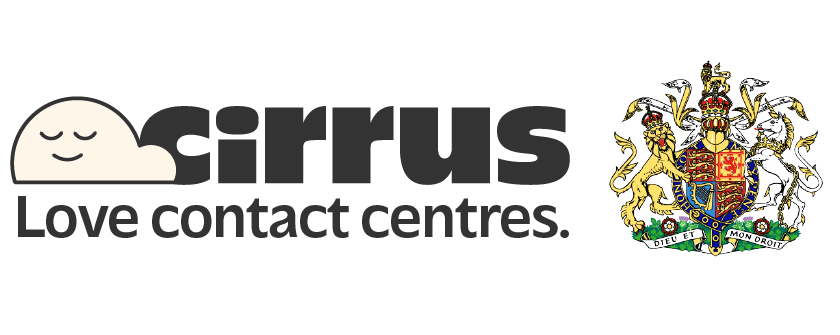What is customer communication?
Customer communication refers to the exchange of information between a business and its customers. This includes conversations through email, phone calls, live chat, social media, and messaging apps. It is the foundation of every interaction, from initial contact to post-sale follow-up and support.
Every message, whether proactive or reactive, plays a role in shaping the customer experience. Effective customer communication builds trust, reduces misunderstandings, and contributes to long-term loyalty.
Why customer communication matters
In today’s business environment, how a company communicates with its customers can define its success. Clear, timely, and thoughtful communication helps:
- Reduce complaints and confusion
- Increase satisfaction and retention
- Build positive brand perception
- Aid in smoother issue resolution
Whether in retail, higher education, or government and healthcare, strong communication reduces pressure on support teams and delivers better outcomes.
In modern contact centres, communication is no longer limited to calls or emails. A customer may ask a question through chat, follow up by phone, and later share feedback on social media. This journey is possible through a well-managed omni-channel approach that keeps every channel connected.
Types of customer communications
Customer communication can be broken down into two key categories: inbound and outbound.
Inbound communication
This refers to messages initiated by customers. Examples include:
- Queries submitted through a website form
- Phone calls to a support line
- WhatsApp messages requesting assistance
- Social media comments or direct messages
Teams must respond quickly and accurately, especially when handling sensitive issues. Tools like CRM systems help agents track previous interactions and tailor responses.
Outbound communication
These are messages sent by the business. Examples include:
- Order confirmations
- Delivery updates
- Policy changes
- Survey requests
Both types must be consistent in tone and information. Customers should never receive mixed messages across channels.
Channels for customer communication
Customers expect to reach businesses on the platforms they use daily. Common channels include:
- Phone calls
- Live chat and web messaging
- Social media platforms
- SMS or mobile push notifications
- Messaging apps like WhatsApp
A good customer communication strategy ensures that these channels are integrated and that agents can switch between them without losing context.
How to improve customer communication
Improving how your business communicates with customers starts with a few fundamental practices:
1. Understand your audience
Know who your customers are, what they need, and how they prefer to communicate. For example, younger audiences might lean towards messaging apps, while others may prefer email or calls.
2. Be clear and concise
Use simple language. Avoid jargon. Always answer the question asked and confirm next steps. Customers should leave conversations knowing exactly what to expect.
3. Train your teams
Staff need regular coaching on empathy, listening, and tone. Platforms offering workforce optimisation tools help track agent performance and identify areas for improvement.
4. Use technology to support conversations
Artificial intelligence, automation, and agent-assist tools can suggest responses, reduce wait times, and improve service consistency. These systems support agents in real time and lead to smoother conversations.
5. Follow up and ask for feedback
After resolving a request, businesses should check in. Short surveys or rating options help teams measure satisfaction and identify service gaps. Feedback loops are vital for continuous improvement.
How to communicate effectively with customers
Effectiveness is not just about speed. It’s about being relevant, respectful, and responsive. Here are key tips on how to communicate with customers in a meaningful way:
- Personalise your messages when possible
- Keep your tone consistent and professional
- Acknowledge concerns before offering solutions
- Avoid over-promising and always follow up
- Use scripts only as a guide, not as a crutch
- Ensure accessibility for all customers, including those using assistive technology.
By putting the customer’s experience at the centre of every message, businesses strengthen relationships and reduce friction.
Customer communication in specialised sectors
Retail
Retailers use multiple touchpoints to manage orders, handle returns, and notify customers of sales. An integrated communication platform supports real-time updates and order tracking.
Housing
In housing, communication is essential for maintenance alerts, rent reminders, and tenant updates. Automating outbound messages reduces the burden on teams.
Government and Healthcare
Public services rely on accurate and secure communication. From appointment reminders to regulatory updates, clarity is critical. Systems with secure payment options support sensitive transactions.
Higher Education
Institutions must engage with prospective students, current students, and alumni. Each group has unique communication needs, from application assistance to course updates.
Not-for-profits
Charities and community organisations rely on donor and volunteer communications. Outreach needs to be clear, purposeful, and timely.
BPOs
Outsourced service providers often manage communications for multiple clients. They require centralised platforms with built-in Microsoft Teams integration to coordinate across campaigns.
Measuring communication performance
To improve, you must measure. Key metrics for customer communication include:
- First response time
- Average handling time
- Resolution rate
- Customer satisfaction (CSAT) scores
- Customer effort score
- Escalation rate
- Feedback and survey completion rate
These insights allow teams to spot trends, address training needs, and improve message clarity.
Challenges in customer communication
Even experienced teams face hurdles such as:
- Misaligned tone across departments
- Delayed responses due to manual processes
- Fragmented tools that don’t talk to each other
- Lack of context when customers switch channels
- Accessibility barriers for customers with disabilities
Unified platforms that centralise customer information and automate workflows can address many of these challenges. These systems also offer scalability as customer volume grows.
Frequently asked questions
How to improve customer communication?
Start by training teams, streamlining tools, and gathering feedback. Prioritise clarity and personalise your messages where possible.
How to effectively communicate with customers?
Listen actively, provide clear answers, confirm next steps, and be consistent in tone. Always follow up if needed.
How to communicate with WhatsApp customer care?
Most businesses using WhatsApp have a verified number or chatbot. You can start a conversation via their business profile or website link.
What’s the best channel to communicate with customers?
It depends on your audience. Some prefer live chat, others want phone calls or emails. A multi-channel approach works best.
Final thoughts
Customer communication is about more than just responding. It’s about connecting with clarity, purpose, and empathy. Whether you’re serving a large user base or running targeted campaigns, your communication style defines how customers feel about your service.
With the right tools, workflows, and strategy, teams can build stronger relationships at scale. If you’re looking to simplify and centralise how you manage conversations, consider exploring how a contact centre solution can help.
To understand what this could look like in your organisation, you can request a demo for a tailored walkthrough.
Your Contact Centre, Your Way
This is about you. Your customers, your team, and the service you want to deliver. If you’re ready to take your contact centre from good to extraordinary, get in touch today.


